Home>Storage & Organization>Kitchen Organizing Tools>What Age Do Kittens Use A Litter Box?
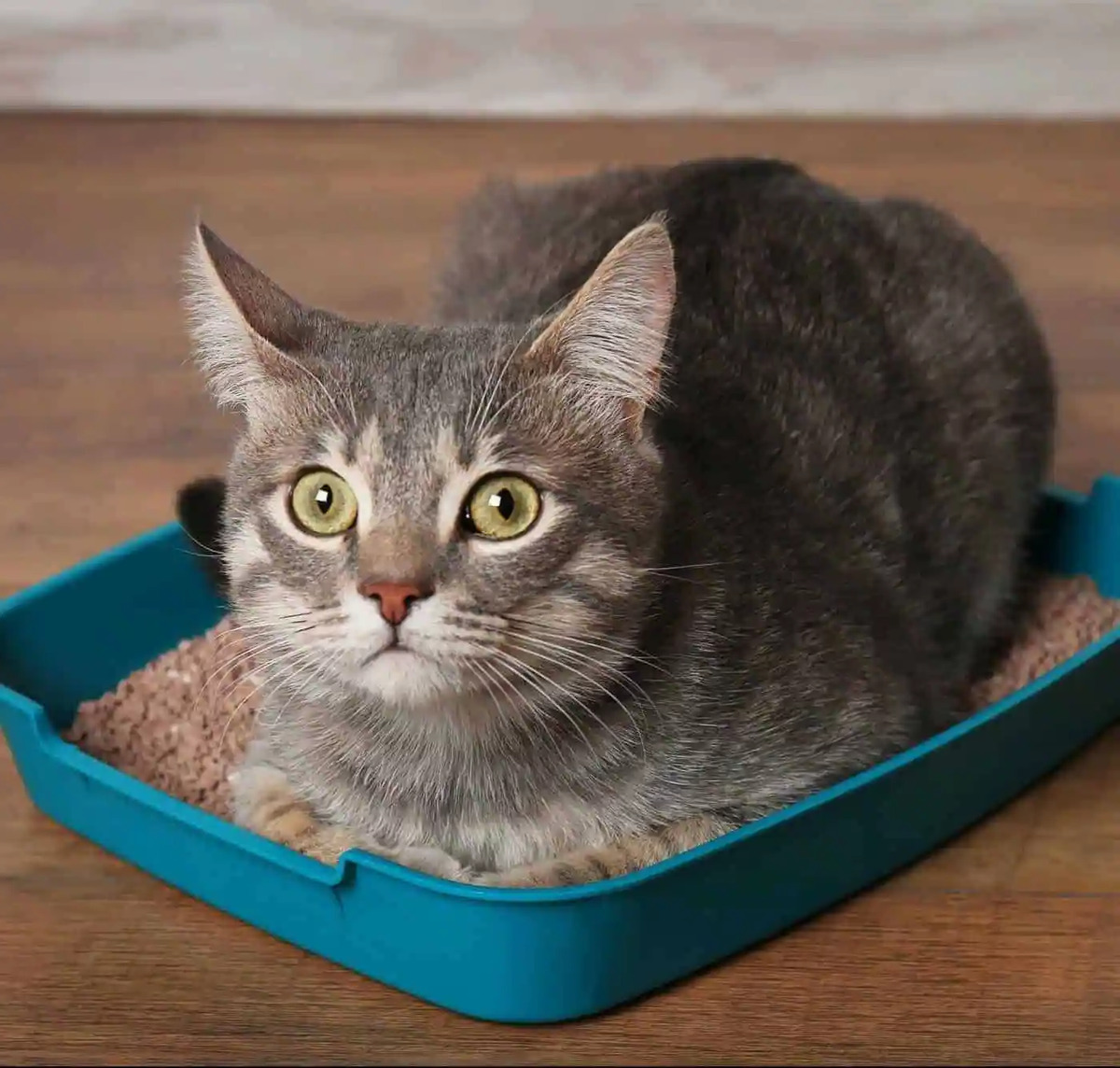

Kitchen Organizing Tools
What Age Do Kittens Use A Litter Box?
Modified: March 2, 2024
Discover the best kitchen organizing tools for a clutter-free space. Find out what age kittens start using a litter box and how to train them effectively. Unlock helpful tips and advice!
(Many of the links in this article redirect to a specific reviewed product. Your purchase of these products through affiliate links helps to generate commission for Storables.com, at no extra cost. Learn more)
Introduction
Welcoming a new kitten into your home is an exciting and heartwarming experience. As you prepare to introduce your furry friend to their new environment, it's essential to consider various aspects of their care and development. One crucial aspect that often arises in the early stages of kitten ownership is litter box training. Understanding when kittens are ready to use a litter box and how to facilitate this process is vital for both the kitten's well-being and the cleanliness of your home.
In this comprehensive guide, we will delve into the fascinating world of kitten development and explore the intricacies of litter box training. By gaining insights into the developmental milestones of kittens and the best practices for litter box training, you will be well-equipped to provide a nurturing and comfortable environment for your new feline companion.
Join us as we embark on a journey to unravel the mysteries of kittenhood and discover the joy of successfully navigating the litter box training process. Let's delve into the enchanting world of kittens and equip ourselves with the knowledge and strategies to ensure a seamless transition for our adorable new family member.
Key Takeaways:
- Kittens are ready to use a litter box around 12 weeks old. Understanding their development stages and providing a suitable environment and gentle encouragement are key to successful litter box training.
- Challenges in litter box training, such as accidents outside the box and aversion, can be overcome with patience, consistent reinforcement, and addressing environmental and medical factors.
Read more: When Do Kittens Use A Litter Box?
Understanding the Development of Kittens
The development of kittens is a remarkable journey marked by significant milestones that shape their physical, cognitive, and behavioral capabilities. Understanding these developmental stages is crucial for providing appropriate care and guidance, especially when it comes to litter box training.
1. Neonatal Stage (0-2 Weeks)
During the neonatal stage, kittens are entirely dependent on their mother for nourishment and warmth. Their eyes and ears are closed, and they are unable to regulate body temperature independently. At this early stage, kittens have minimal mobility and spend the majority of their time nestled close to their mother and littermates.
2. Transitional Stage (2-4 Weeks)
As kittens enter the transitional stage, their eyes begin to open, revealing a world of light and movement. They also start to develop their sense of hearing, allowing them to become more aware of their surroundings. This period marks the onset of increased mobility as kittens tentatively explore their immediate environment, laying the groundwork for future litter box independence.
3. Socialization Stage (4-12 Weeks)
The socialization stage is a critical phase in a kitten's development, characterized by rapid growth and heightened curiosity. During this time, kittens become more playful and interactive, honing their coordination and motor skills. They also start to learn from their mother and littermates, observing behaviors that will influence their own actions, including litter box habits.
Read more: How Do Kittens Know To Use A Litter Box
4. Juvenile Stage (12 Weeks and Beyond)
As kittens transition into the juvenile stage, they continue to refine their physical abilities and cognitive faculties. This period is marked by increased independence and the gradual weaning from their mother's care. Kittens become more adept at grooming themselves and are capable of using a litter box independently, making this a pivotal time for introducing and reinforcing litter box training.
Understanding the developmental stages of kittens provides valuable insights into their evolving capabilities and readiness for various aspects of care, including litter box training. By recognizing the unique needs and behaviors associated with each stage, pet owners can tailor their approach to ensure a smooth and successful transition for their growing feline companions.
Training Kittens to Use a Litter Box
Introducing kittens to the concept of using a litter box is a pivotal aspect of their early training and development. By implementing effective strategies and understanding the unique needs of kittens, pet owners can facilitate a smooth and successful transition to litter box independence.
Creating the Ideal Environment
Establishing an inviting and accessible litter box area is essential for encouraging kittens to embrace this new behavior. Select a suitable litter box that is low enough for kittens to enter easily, and consider using unscented, clumping litter to provide a comfortable and familiar substrate. Additionally, ensure that the litter box is placed in a quiet and easily accessible location, away from their food and resting areas, to promote a sense of privacy and security.
Gentle Encouragement and Positive Reinforcement
When initiating litter box training, gently place the kittens in the litter box after meals or naps, as these are times when they are more likely to eliminate. Encouraging exploration and providing positive reinforcement, such as gentle praise and petting, when kittens show interest in the litter box can help create a positive association with this new environment. It's important to avoid forcing kittens into the litter box or using harsh discipline, as this can lead to aversion and anxiety.
Read more: How Often Do Kittens Use The Litter Box
Consistency and Routine
Establishing a consistent routine for litter box training is crucial for reinforcing positive behaviors. Monitor the kittens' behavior and gradually guide them to the litter box after meals and playtime. Additionally, promptly clean up any accidents outside the litter box with an enzymatic cleaner to eliminate odors and discourage repeat incidents. Consistency in training and maintenance of the litter box area will contribute to the kittens' understanding and acceptance of this designated elimination space.
Gradual Transition to Independence
As kittens grow and develop, they will naturally progress towards using the litter box independently. Observing their behavior and providing continued support and guidance during this transition is essential. Once kittens consistently use the litter box, pet owners can gradually reduce their intervention, allowing the kittens to embrace their newfound independence while ensuring the ongoing cleanliness and appeal of the litter box area.
By employing these training techniques and understanding the developmental needs of kittens, pet owners can foster a positive and successful litter box training experience. Patience, consistency, and a nurturing approach are key elements in guiding kittens towards embracing this essential aspect of their care and well-being.
Common Challenges in Litter Box Training
Litter box training is a significant milestone in a kitten's early development, but it can also present various challenges that pet owners may encounter. Understanding these common hurdles and implementing effective solutions is essential for ensuring a successful and stress-free litter box training experience.
1. Accidents Outside the Litter Box
Accidents outside the litter box are a prevalent challenge during the training process. Kittens may initially struggle to associate the litter box with the appropriate elimination behavior, leading to occasional accidents in other areas of the home. This can be attributed to their learning curve and the need for consistent reinforcement.
2. Litter Box Aversion
Some kittens may develop a reluctance or aversion to using the litter box, often due to factors such as the type of litter, the location of the box, or previous negative experiences. This aversion can manifest as a refusal to enter the litter box or a preference for alternative elimination sites, posing a significant hurdle in the training process.
3. Multiple Cat Dynamics
In households with multiple cats, litter box training can be complicated by inter-cat dynamics and territorial behaviors. Competition for access to the litter box, as well as potential stress or anxiety related to sharing the space with other cats, can impact a kitten's willingness to use the litter box consistently.
4. Medical Considerations
In some instances, underlying medical issues such as urinary tract infections or gastrointestinal disturbances can contribute to litter box training challenges. Kittens experiencing discomfort or pain may exhibit aversive behaviors towards the litter box, signaling the need for prompt veterinary attention and intervention.
Overcoming Challenges
Addressing these common challenges in litter box training requires a patient and proactive approach. By implementing the following strategies, pet owners can navigate these hurdles and support their kittens in embracing proper litter box habits:
-
Consistent Reinforcement: Providing positive reinforcement and gentle encouragement when kittens use the litter box correctly can help reinforce the desired behavior and create a positive association with the designated elimination space.
-
Environmental Considerations: Assessing the litter box environment, including the type of litter used, the location of the box, and the presence of potential stressors, can help identify and address factors contributing to aversion or reluctance.
-
Medical Evaluation: If a kitten consistently struggles with litter box training or exhibits concerning behaviors, seeking veterinary evaluation to rule out underlying health issues is crucial for ensuring their well-being and addressing any medical-related challenges.
By acknowledging and proactively addressing these common challenges, pet owners can navigate the intricacies of litter box training with patience and understanding, ultimately guiding their kittens towards successful and consistent litter box habits.
Read more: How To Train A Kitten To Use A Litter Box
Conclusion
In conclusion, the journey of litter box training for kittens is a significant aspect of their early development and integration into a new home. By understanding the developmental stages of kittens and implementing effective training strategies, pet owners can navigate this process with patience, consistency, and a deep understanding of their kittens' unique needs.
The developmental milestones of kittens, from the neonatal stage to the juvenile phase, provide valuable insights into their evolving capabilities and readiness for litter box training. Recognizing the importance of creating an ideal environment, offering gentle encouragement, maintaining consistency, and facilitating a gradual transition to independence are key elements in fostering a positive and successful litter box training experience.
While challenges such as accidents outside the litter box, aversion to the litter box, multiple cat dynamics, and medical considerations may arise, proactive strategies can be employed to address these hurdles. Consistent reinforcement, environmental assessments, and prompt veterinary evaluation when necessary are essential components in overcoming these challenges and guiding kittens towards embracing proper litter box habits.
As pet owners embark on the journey of litter box training, they play a pivotal role in shaping their kittens' behaviors and fostering a nurturing and supportive environment. By approaching litter box training with empathy, understanding, and a commitment to their kittens' well-being, pet owners can lay the foundation for a lifetime of positive litter box habits and harmonious cohabitation.
Ultimately, the successful navigation of litter box training not only contributes to a clean and hygienic living environment but also strengthens the bond between pet owners and their kittens. It is a journey that underscores the importance of patience, empathy, and the joy of witnessing the growth and development of our beloved feline companions.
In embracing the enchanting world of kittens and the intricacies of litter box training, pet owners embark on a transformative and rewarding experience, marked by the joy of nurturing and guiding their kittens towards a happy, healthy, and harmonious life in their new home.
Frequently Asked Questions about What Age Do Kittens Use A Litter Box?
Was this page helpful?
At Storables.com, we guarantee accurate and reliable information. Our content, validated by Expert Board Contributors, is crafted following stringent Editorial Policies. We're committed to providing you with well-researched, expert-backed insights for all your informational needs.
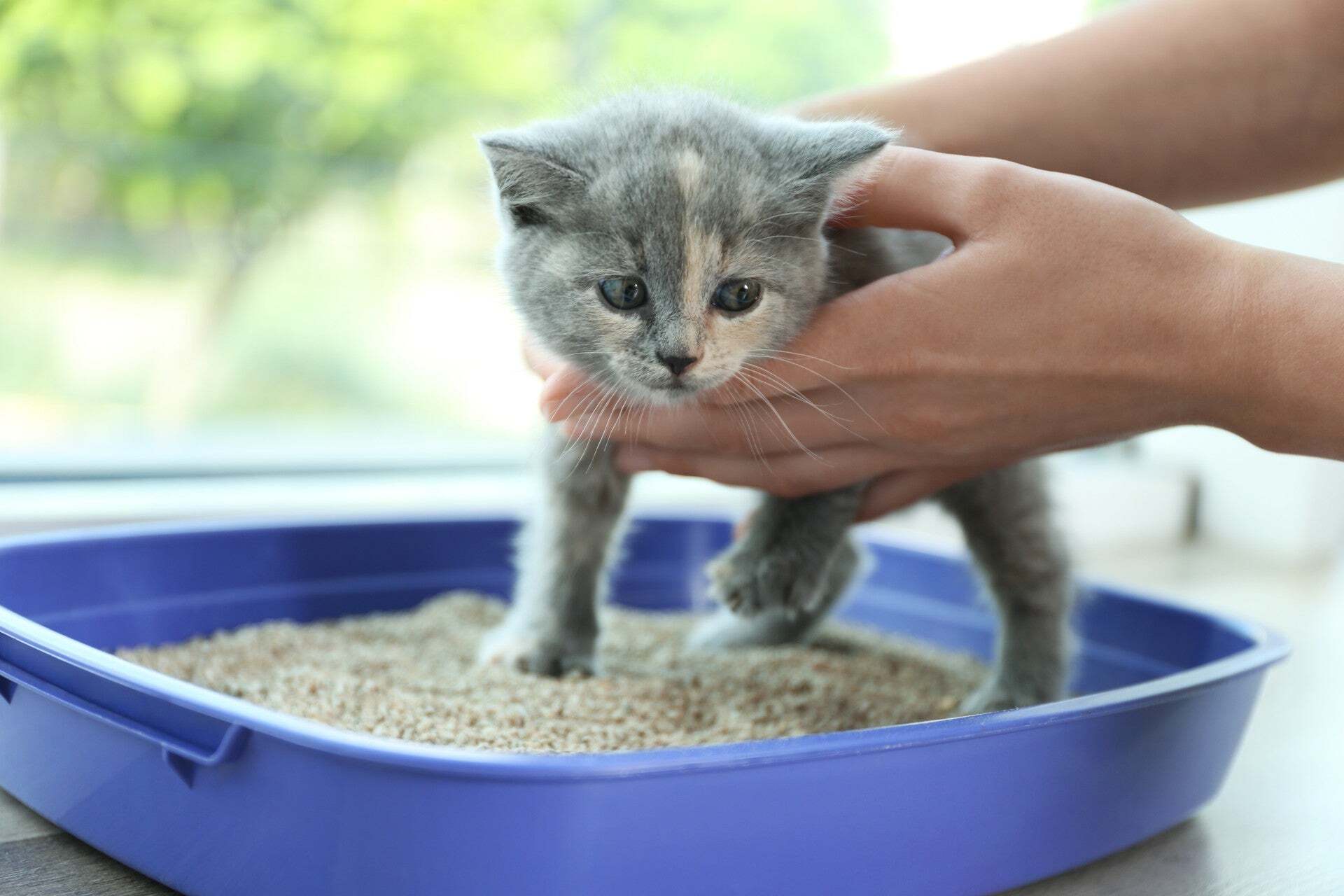
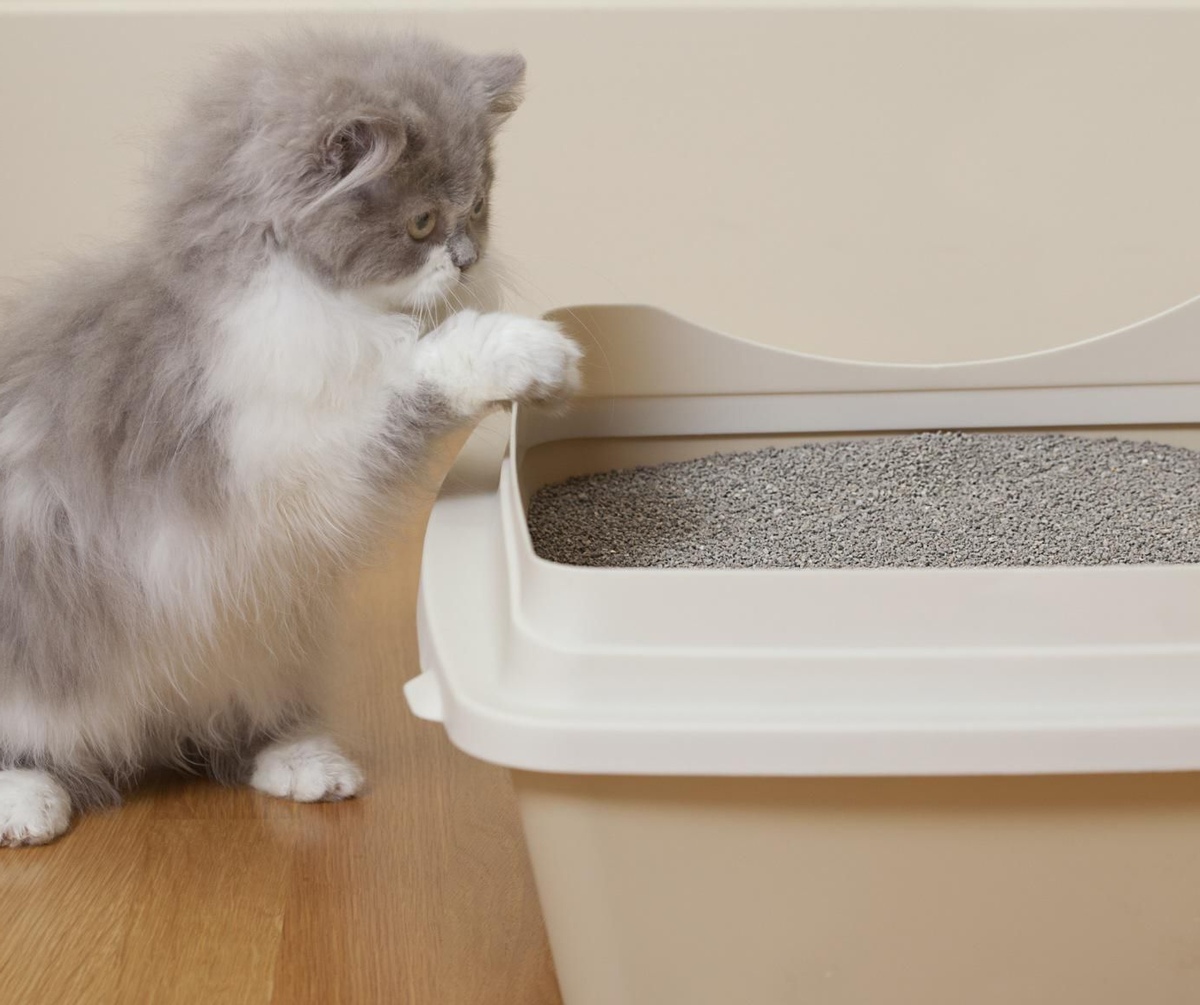
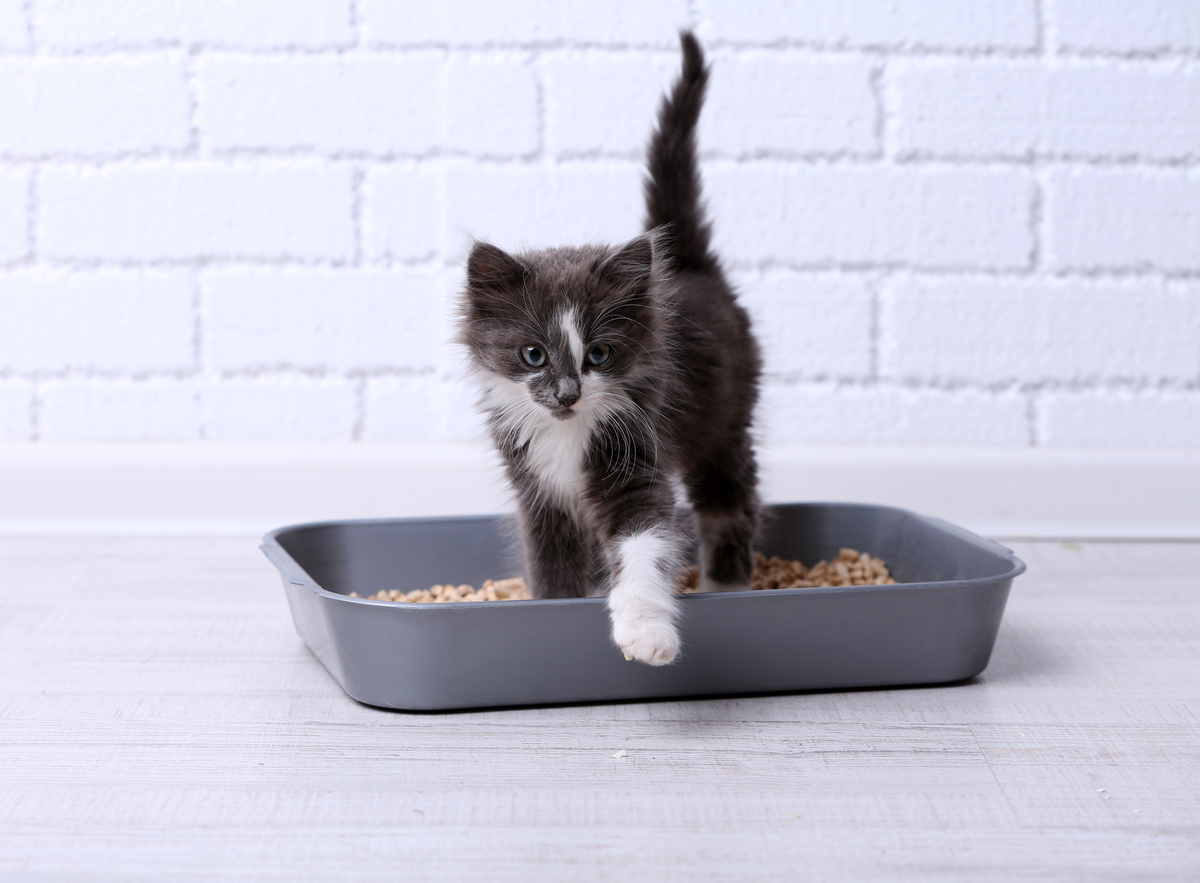
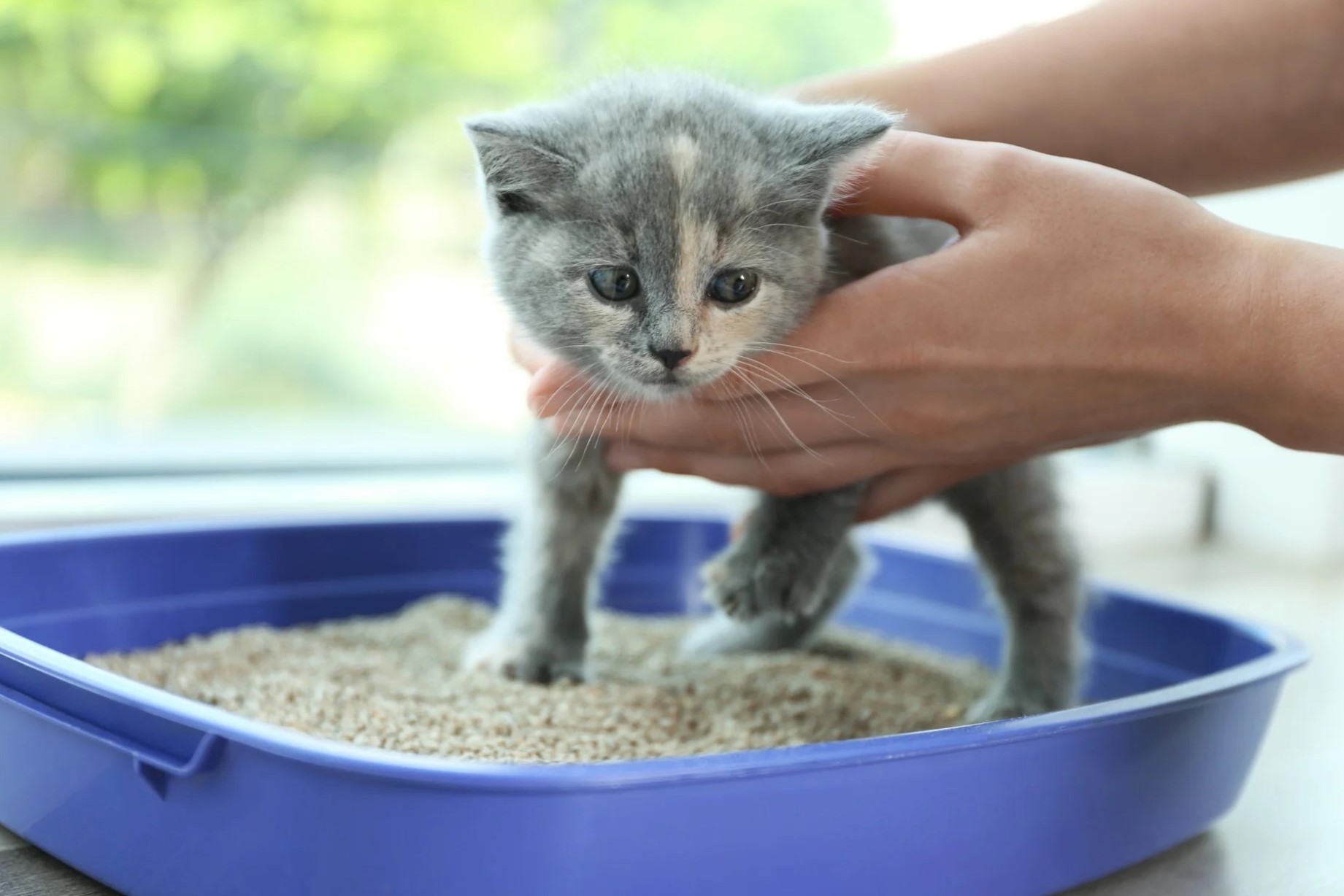
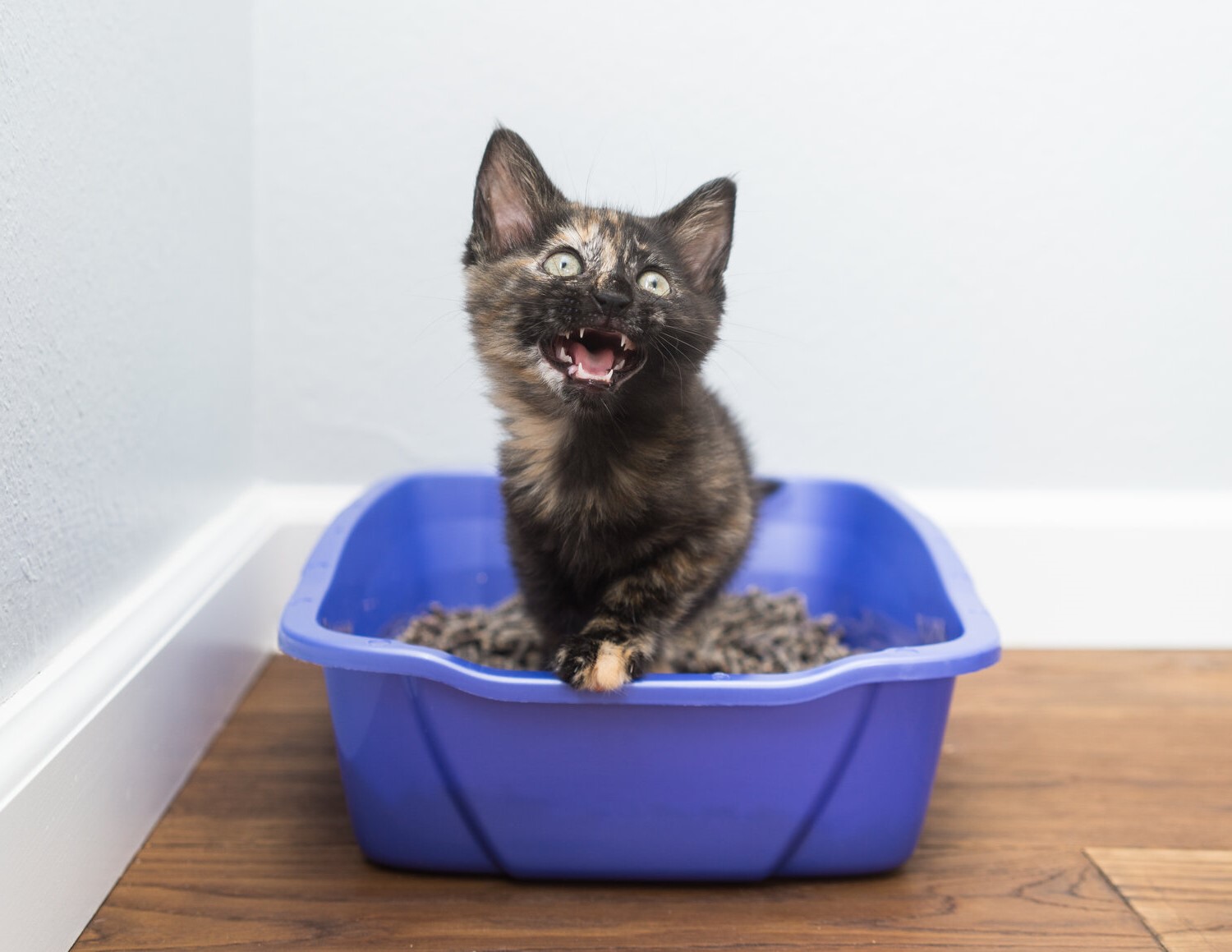
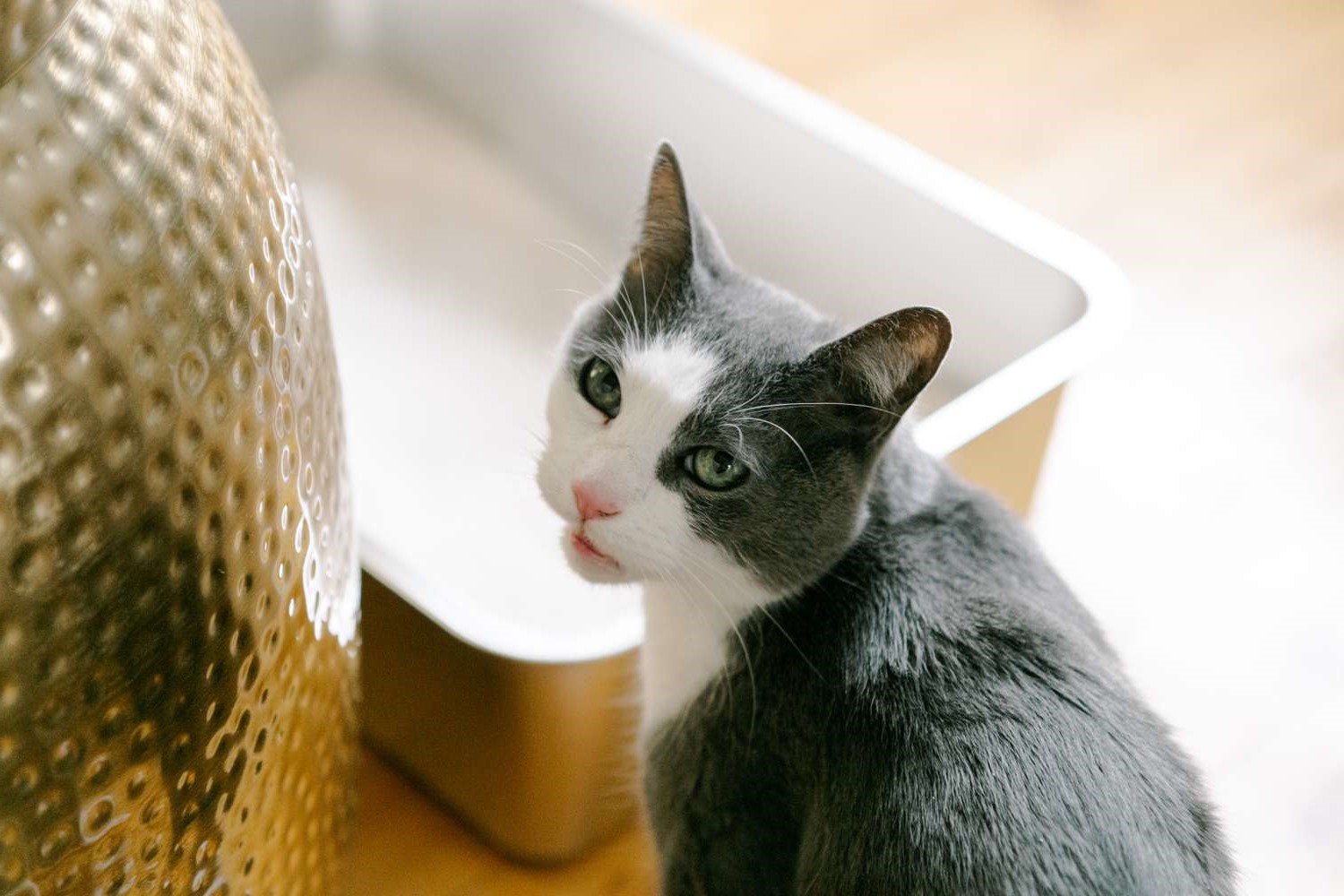

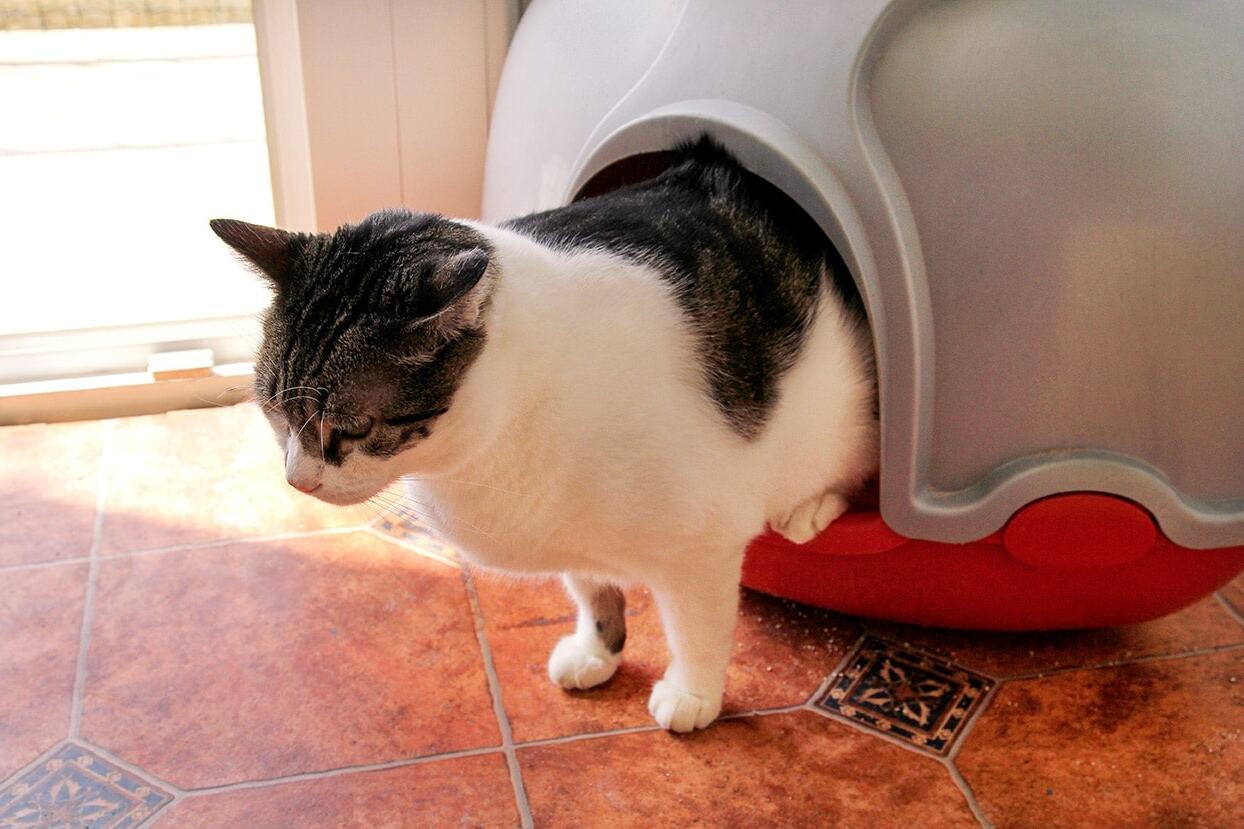
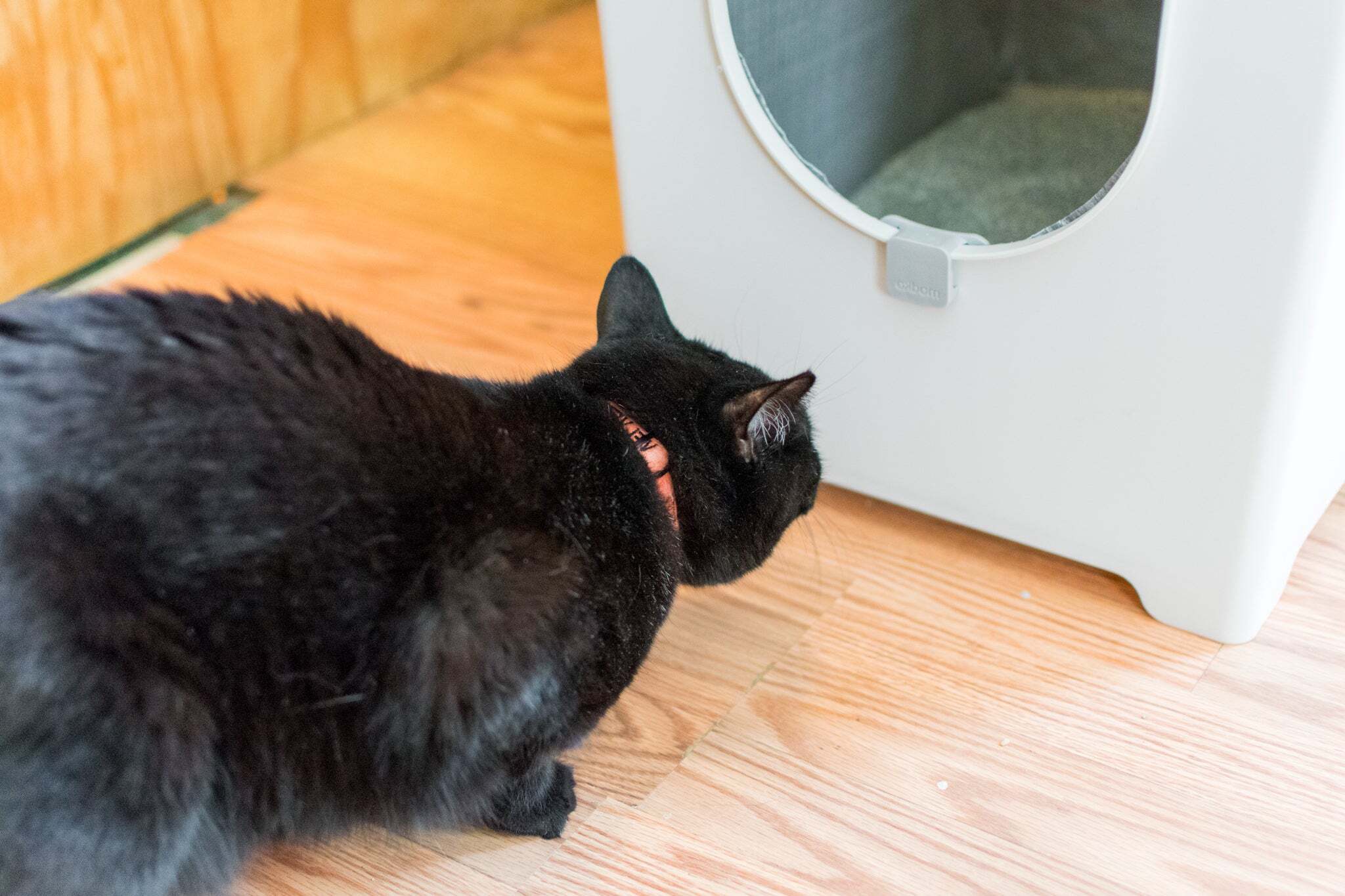
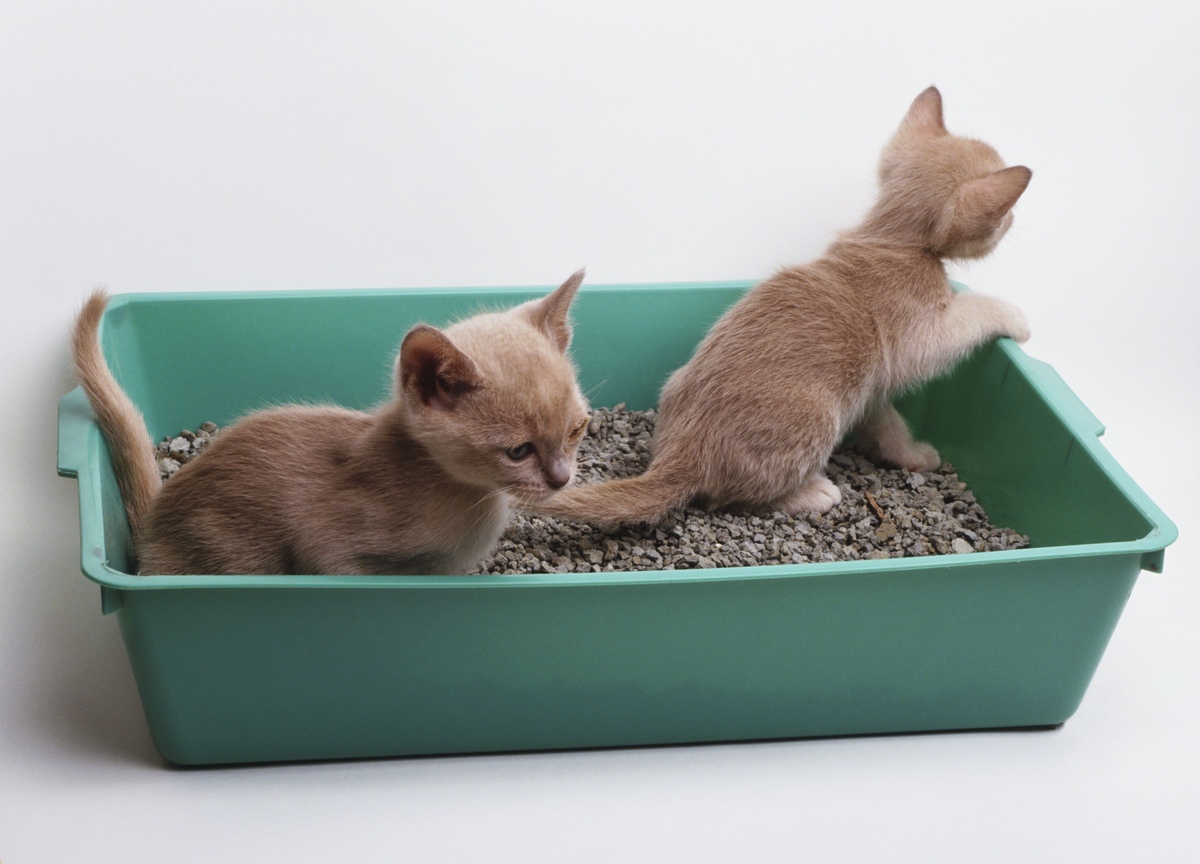
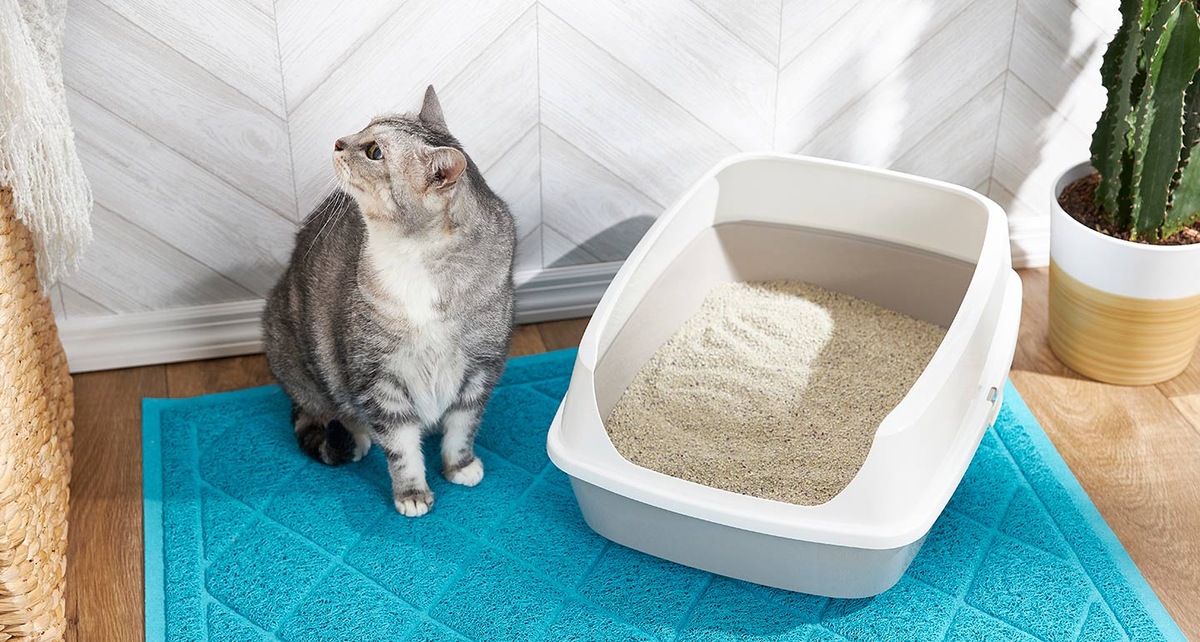

0 thoughts on “What Age Do Kittens Use A Litter Box?”